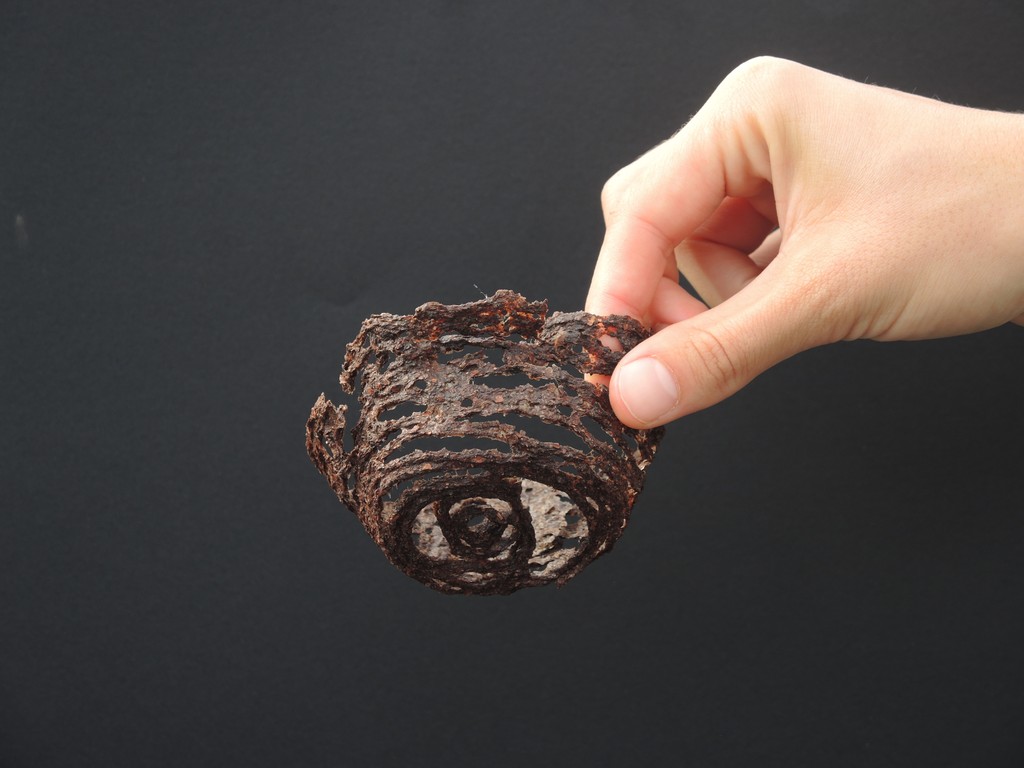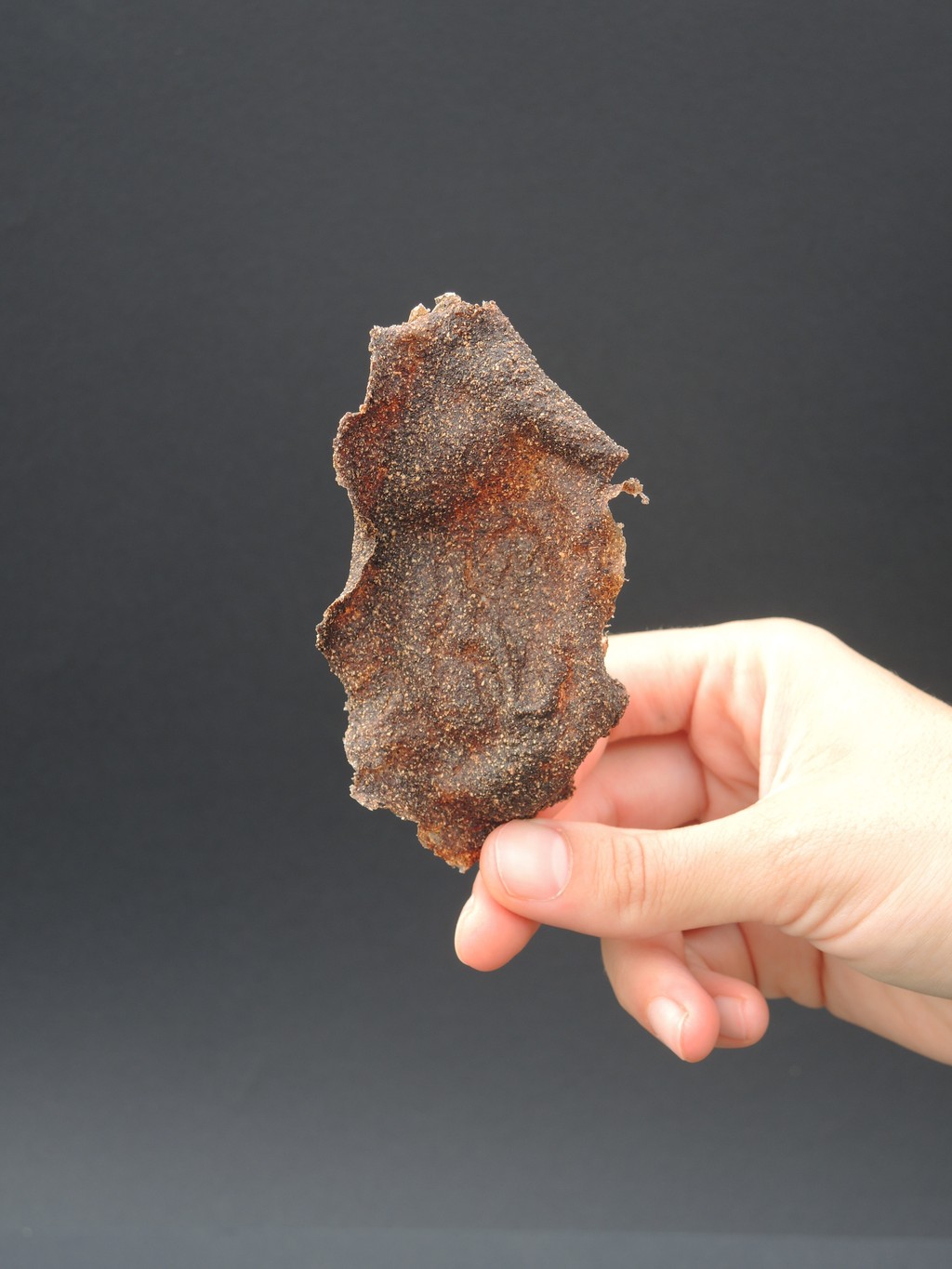Ideas + Applications
Biomaterials
Research and development of biomaterials from various byproducts and waste. In this particular case, the project focuses on utilizing the waste from the Theobroma project, with an emphasis on sustainability and making the most of these byproducts.
(01)
LOCATION
Casa Tupac
Barranco, Lima
(02)
EXECUTION
From May 2024
to the present
(03)
MATER TEAM
Paula Cermeño
Ariadna Oliveri
(04)
COLLABORATORS
Maria Paula Loveday
The goal is to fully utilize all parts of the cacao fruit and tree to create sustainable and biodegradable products, thus promoting the circular economy and reducing waste. The idea is to transform what is traditionally discarded into valuable resources, extending the lifespan of raw materials.
01
Design Process
The project applies a circular design that considers environmental impact at all stages of the product lifecycle. The biodegradability of complementary materials is prioritized, and resistant, durable formats are developed, suitable for the high humidity conditions of Lima. Additionally, flexible plastic sheets (biofilms) and bioceramics are explored, optimizing the use of raw materials and minimizing waste through a trial-and-error process that continually adjusts designs and formulations.
02
Theobroma Cacao Byproducts
The main raw material for this project is Theobroma cacao, from which byproducts such as husks, shells, and leaves are utilized to develop sustainable biomaterials. Cacao husks, in particular, are a prominent resource due to their abundance and availability during the fermentation process, and are used both in fragments and in powdered form. The outer shell of the fruit, obtained after harvest, is dried and ground until it reaches a consistency similar to flour, while the tree’s leaves are used shredded and slightly dried.
Selection of Samples Based on Cacao Pod and Husk
The exploration has allowed for an aesthetic approach to the possibilities of biomaterials derived from Theobroma cacao, resulting in various samples in color and texture.
Concepts have been defined for three products: a cacao tray, a three-dimensional bowl, and a solid infusion. The next stage will include validating physical-mechanical properties and water behavior, as well as considering the olfactory quality of cacao and improving the traceability of ingredients, including binders made from cacao waste.






